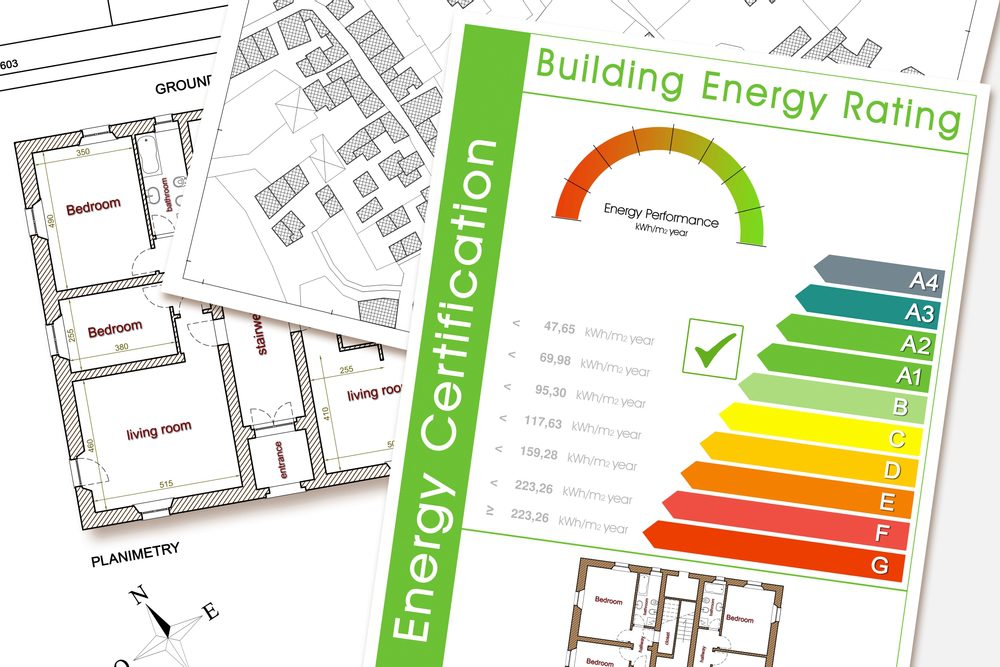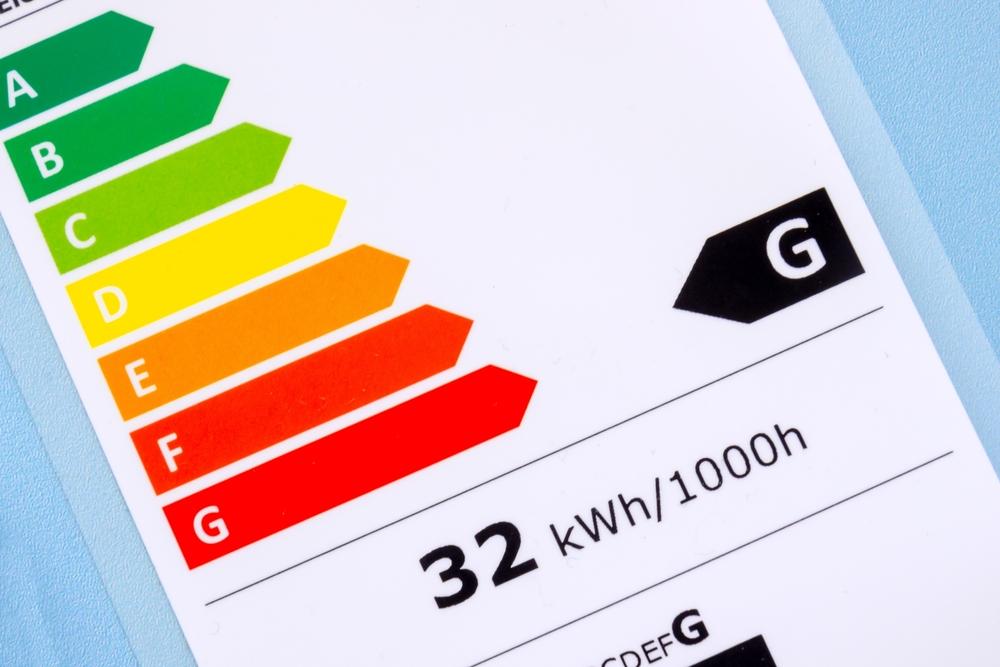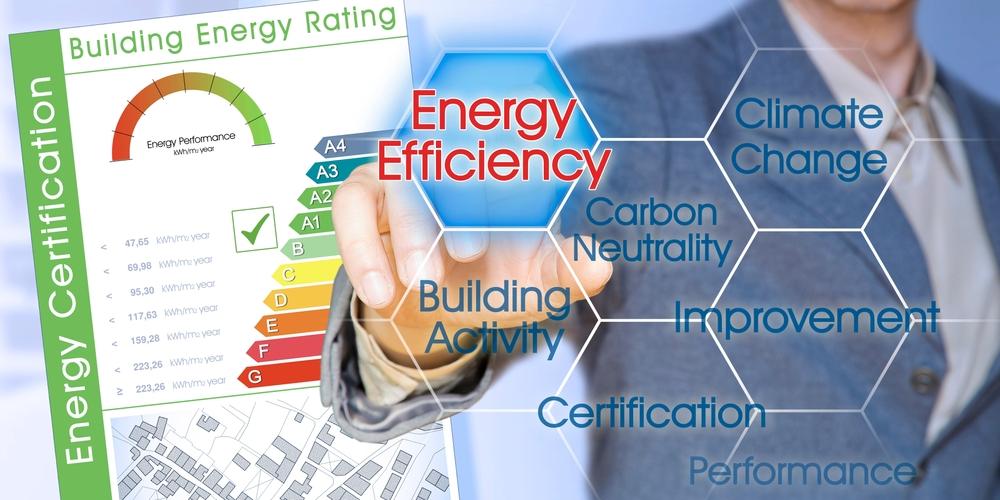In an era where the urgency of environmental conservation has reached unprecedented heights, the Energy and Water Efficiency in Buildings (EBEWE) Ordinance emerges as a beacon of sustainability. Its influence stretches far beyond traditional regulatory frameworks, envisioning a future where energy and water efficiency are not mere afterthoughts but integral components of urban development. This comprehensive guide aims to take you on a detailed journey through the intricate landscape of EBEWE penalties and enforcement mechanisms, emphasizing the critical importance of compliance and offering insights into strategies for mitigating penalties.
I. Overview of EBEWE Ordinance
At its core, the EBEWE Ordinance is a multifaceted initiative that casts its net wide, encompassing a diverse array of building types, from towering commercial skyscrapers to quaint residential complexes and sprawling industrial facilities. Its scope is as ambitious as its goals: to curtail energy consumption and water usage within buildings, ultimately mitigating carbon emissions and conserving valuable natural resources.
Beyond being a mere set of regulations, the EBEWE Ordinance embodies a vision for a more sustainable future. It outlines requirements that transcend the realm of checkboxes and compliance documents. Instead, it champions a holistic approach to building design, operation, and maintenance. From the installation of energy-efficient lighting systems and appliances to the promotion of water-saving fixtures and renewable energy integration, the ordinance’s stipulations are carefully crafted to pave the way for a greener and more responsible built environment.
II. Importance of Compliance with EBEWE
Compliance with the EBEWE Ordinance is not just a legal obligation; it’s a commitment to fostering a sustainable future. Building owners who wholeheartedly embrace the ordinance become trailblazers in the movement toward energy and water efficiency. Such compliance is not solely about adhering to a set of rules; it’s about taking a principled stance that contributes to the preservation of our planet.
The benefits of EBEWE compliance ripple through the fabric of both the built environment and the broader community. Reduced operational costs resulting from lower energy and water bills are among the tangible financial advantages. However, the impact goes beyond the balance sheet. Energy-efficient buildings inherently command higher property values, a testament to their appeal to environmentally conscious buyers and tenants. Moreover, compliance with the EBEWE Ordinance offers building owners a compelling narrative—a story of commitment to sustainability that resonates with stakeholders, customers, and the global movement for a greener world.
III. Understanding EBEWE Penalties

Embedded within the EBEWE Ordinance is a mechanism that holds significant sway over its implementation: the introduction of penalties for non-compliance. These penalties are not mere punitive measures; they serve as a powerful incentive, urging building owners to prioritize energy and water efficiency measures. The range of penalties encompasses fines, citations, and escalating consequences for repeat violations. The underlying principle is to create an environment where the potential consequences of non-compliance far outweigh any short-term gains from disregarding the ordinance.
The prospect of financial penalties resonates deeply with building owners, spurring them to reevaluate their approach to energy and water management. By introducing these penalties, the EBEWE Ordinance transforms itself into a motivator for change—a catalyst for embedding energy and water efficiency into the very fabric of building operations and design.
IV. Factors Influencing Penalties
The intricacies of the EBEWE Ordinance extend to the determination of penalties, which are influenced by a constellation of factors. The size of the building, the extent of non-compliance, and the nature of the violation are all integral considerations in determining the severity of penalties. The EBEWE Ordinance recognizes that different types of buildings possess distinct energy and water needs, and therefore, penalties are calibrated to reflect these variations.
Local authorities play a central role in the tailoring of penalties to the specific context of their regions. This localized approach ensures that penalties are equitable, accounting for socio-economic disparities and environmental contexts. By considering these factors, the EBEWE Ordinance optimizes its ability to incentivize compliance while fostering a culture of sustainability that resonates deeply with communities.
V. Enforcement Mechanisms
Central to the effectiveness of the EBEWE Ordinance are its robust enforcement mechanisms. A cohesive network of government agencies, diligent building inspectors, and thorough energy audits collaborates to ensure that the regulations are upheld. Regular inspections and audits stand as the vanguards of enforcement, verifying that buildings adhere to the energy and water efficiency standards set forth by the ordinance.
Harnessing the power of technology amplifies the efficacy of these enforcement efforts. Advanced energy consumption tracking systems provide real-time insights into energy and water consumption patterns, enabling timely interventions in case of deviations from efficiency targets. This tech-enabled approach not only streamlines enforcement processes but also empowers building owners with valuable insights into their consumption patterns, thereby allowing proactive measures to be taken to address inefficiencies.
VI. Mitigating Penalties and Ensuring Compliance
Mitigating penalties and ensuring compliance form a dual-pronged approach for building owners. Proactivity is the cornerstone of this endeavor. Regular energy audits, conducted by certified professionals, provide a thorough understanding of a building’s energy and water consumption patterns. These audits serve as the compass for identifying areas of inefficiency, offering actionable insights that drive the implementation of efficiency-enhancing measures.
Consistent maintenance of energy-efficient systems is paramount. Regular servicing of heating, ventilation, and air conditioning (HVAC) systems, coupled with the optimization of lighting and appliance efficiency, guarantees that a building’s energy performance remains optimal. Additionally, the diligent documentation of energy-saving upgrades and retrofits serves as a formidable defense against potential penalties, offering a tangible record of compliance efforts undertaken by the building owner.
VII. Navigating Challenges and Seeking Support
Navigating the landscape of EBEWE compliance isn’t without its challenges, particularly for building owners contending with budget constraints or grappling with the technical intricacies of energy-efficient technologies. However, these challenges are not insurmountable barriers; rather, they are hurdles that can be overcome with the right strategies and support mechanisms.
Financial incentives, often provided by local governments or utilities, act as catalysts for overcoming initial cost barriers associated with compliance. These incentives make the adoption of energy and water-efficient technologies and practices more accessible, offering building owners a tangible route to embracing sustainability.
Expert guidance, often in the form of energy consultants and sustainability experts, plays a pivotal role in navigating these challenges. These professionals offer tailor-made insights and recommendations, recognizing the unique circumstances of each building. Leveraging their expertise, building owners can identify the most efficient and cost-effective solutions, optimizing their journey toward compliance.
Collaborations with suppliers of energy-efficient technologies also prove to be instrumental. These partnerships foster innovation, enabling building owners to explore cutting-edge solutions that align with the requirements of the EBEWE Ordinance. By collaborating with these partners, building owners not only gain access to innovative technologies but also contribute to the larger ecosystem of sustainable development.
VIII. Future Outlook and Conclusion
As cities and societies set their sights on a sustainable future, the EBEWE Ordinance remains a cornerstone of this transformative journey. Its influence is poised to expand, exerting a lasting impact on the construction and operation of buildings. By embracing compliance with the EBEWE Ordinance, building owners become agents of change, navigating the intricate web of energy and water efficiency to contribute to both their financial prosperity and the global cause of environmental preservation.
In the grand tapestry of sustainability, the EBEWE Ordinance emerges as a thread that weaves together environmental responsibility, financial prudence, and community stewardship. Its penalties and enforcement mechanisms, rather than being deterrents, act as guideposts on the path to a future where energy and water efficiency are not just aspirations but an intrinsic way of life.
Elevate your property’s energy efficiency through VertPro® Upgrades, where we not only specialize in Commercial Energy Audit and Benchmark Compliance consultancy but also offer the transformative service of Commercial Roofing through our Construction Marketplace.
As the trusted leader in this field, VertPro empowers Building Owners & Property Managers nationwide with innovative SaaS technology-based solutions. From Energy Benchmarking to Energy Audits/RCx Plus, our comprehensive approach ensures adherence to over 50 Energy Benchmarking & Energy Efficiency Laws.
Don’t miss the chance to maximize your energy potential and property value – explore VertPro.com’s integrated solutions today!















